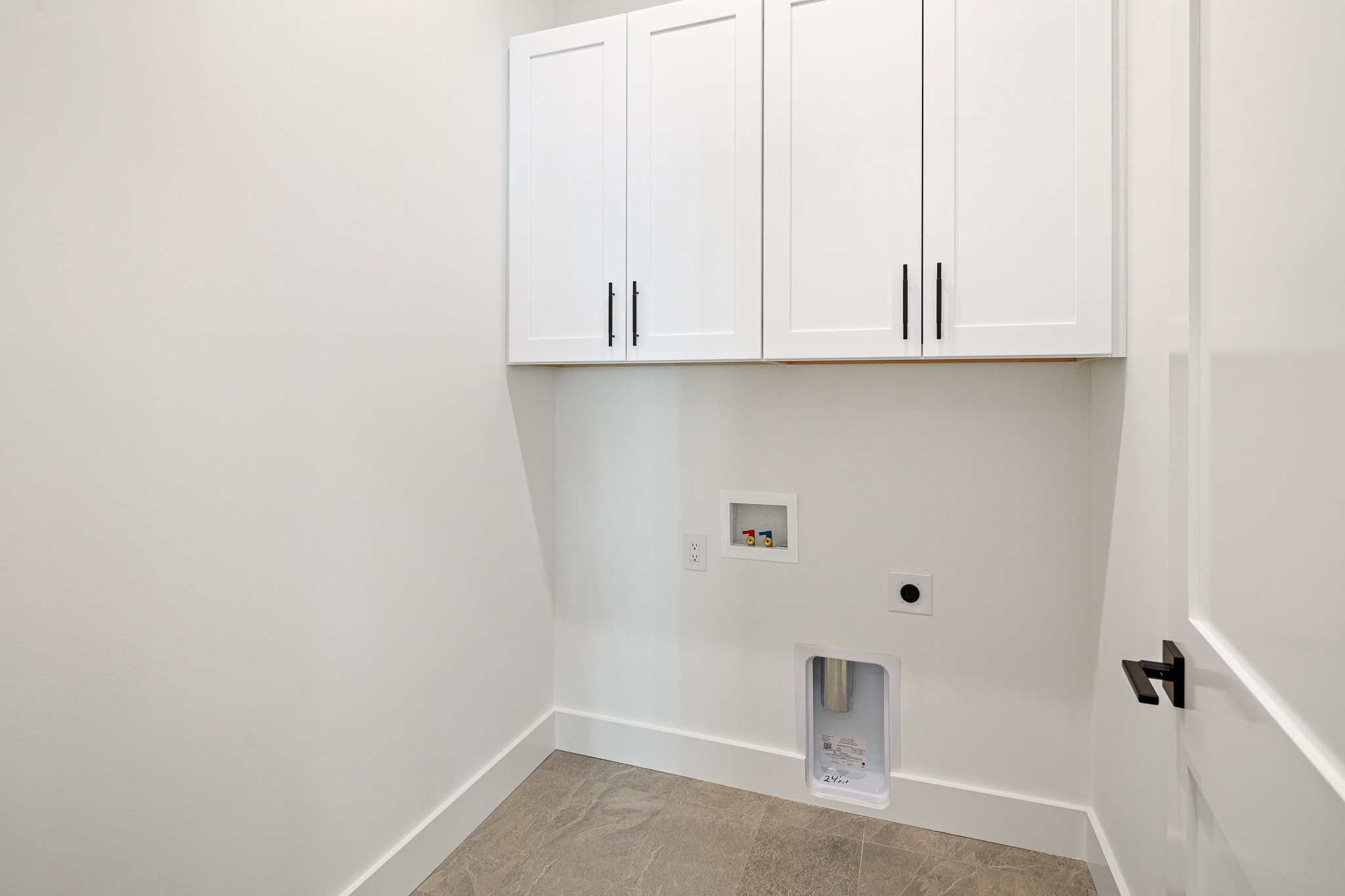Contact Us
(828) 538-2040Unlocking the Future of Real Estate: A Journey Towards Transparency
What if I told you there’s a way to revolutionize how we buy and sell homes? Imagine how it feels to navigate the real estate market with complete clarity, knowing every detail at your fingertips. The future of real estate is transforming, and it is driven by an essential ingredient: transparency.
The Call for Transparency in Real Estate
In today’s fast-paced world, buyers and sellers alike are craving honesty and openness. Statistics show that over 75% of homebuyers want more information about properties before making decisions. This demand for transparency is reshaping the landscape of real estate transactions.
Real-World Example: Success Stories from Transparent Practices
Consider the case of Stoneridge, where innovative transparency features have allowed potential buyers to view detailed property histories online. By providing access to previously concealed information, they not only empowered buyers but also saw a 30% increase in sales. Such success stories are paving the way for a new norm in the industry.
Innovations Leading to Greater Visibility
As technology evolves, so do the tools at our disposal. Systems that centralize data on properties, like big data analytics and AI-driven platforms, are becoming standard practice. These innovations offer buyers a personalized experience, allowing them to filter listings based on their specific needs and preferences.
Case Study: Big Hills’ Technological Edge
Take Big Hills, for example. Their web platform provides virtual tours and comprehensive property statistics that let buyers visualize their future homes, reducing uncertainty in the purchasing process. The result? A remarkable 40% uptick in customer satisfaction!
Building Trust Through Clear Communication
Let’s dive in together into how real estate professionals can harness transparency to build trusting relationships with clients. Real agents are now employing clear communication channels, such as regular updates and transparent pricing structures, which help to alleviate buyer concerns and foster a deeper connection.
Empowering Agents with Tools
Picture this… agents utilizing robust CRM solutions to track interactions and keep clients informed at every step. Platforms that allow clients to view all aspects of their transactions mitigate anxiety and ensure everyone is on the same page. This commitment to communication can strengthen client loyalty and referrals.
The Impact of Transparency on Home Values
According to recent studies, homes sold with transparent processes tend to close at prices 10-15% higher than those that do not. Buyers feel less risk when they know what they are getting into, allowing them to bid more confidently. This psychological shift in buying behavior cannot be understated—it’s the cornerstone of a thriving market.
Success in Victoria Hills
Victoria Hills has capitalized on this trend by integrating transparency into their sales approach. They provide potential homeowners with direct access to market analyses and price trends, ensuring buyers make informed choices grounded in solid data. This has translated into an increase in market share, propelling Victoria Hills to the forefront of the region’s real estate scene.
Challenges and Solutions in Achieving Transparency
Of course, embracing a transparent model comes with its challenges. Some may worry about data privacy or the fear of exposing too much information. However, with robust cybersecurity measures and selective transparency, these concerns can be effectively managed.
Horse Shoe Cove’s Approach to Privacy
At Horse Shoe Cove, a balanced approach was adopted where sensitive data remains protected while essential information flows freely. This commitment has built substantial trust and respect among their clientele, proving that transparency doesn’t have to compromise security.
Conclusion: A New Era Awaits
As we look towards the future, the real estate industry stands on the brink of a new era where transparency reigns supreme. Embracing this change can lead to increased sales, stronger relationships, and ultimately, a healthier marketplace. So, are you ready to join the revolution?
Big Hills
Author




